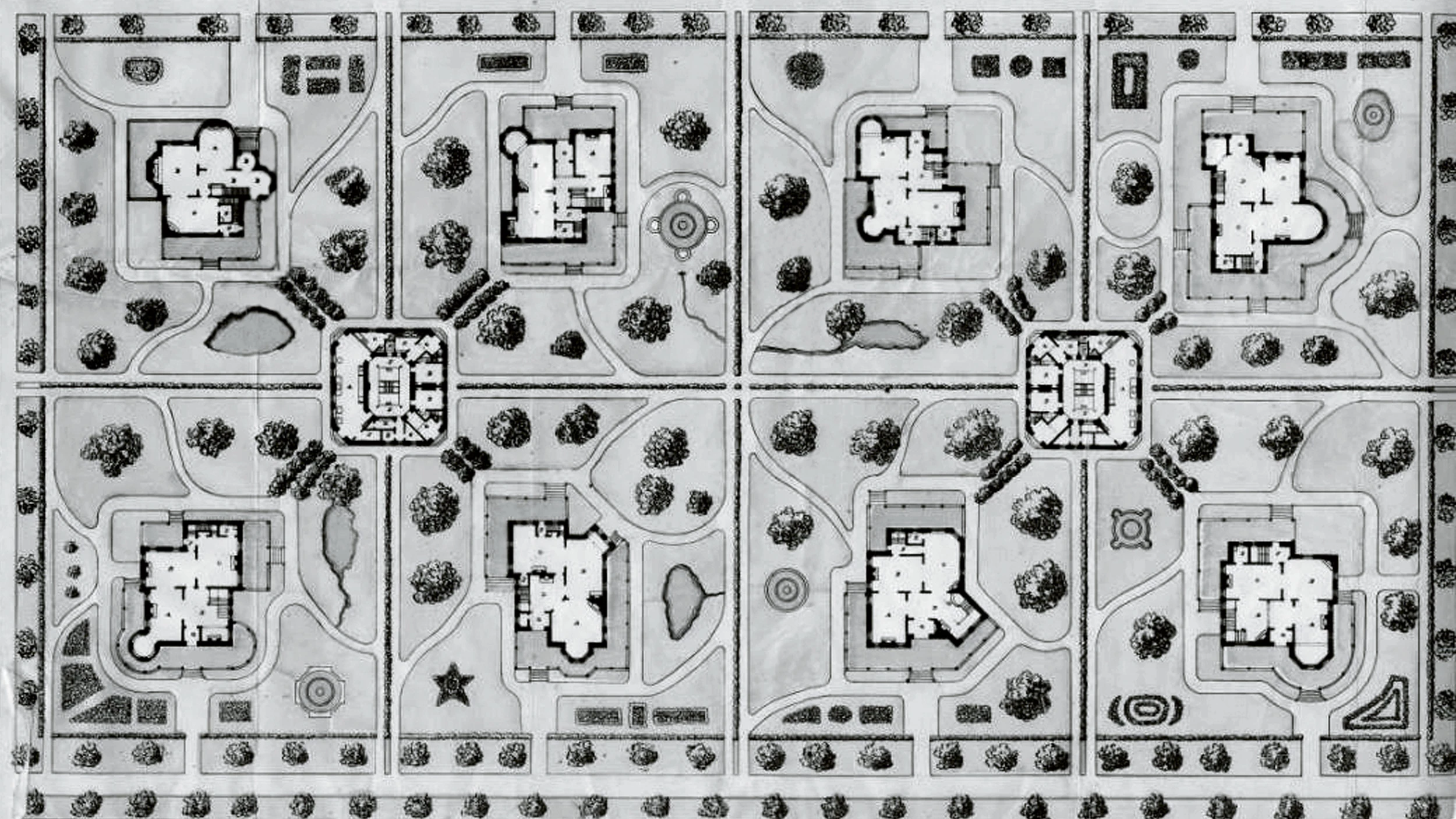
The movie Mary Poppins portrays the British suffragists as amusing characters, but does remind us that the fight to emancipate women was an English movement. The scene of the Victorian mother marching with her sister-suffragettes to the cry of “Womankind, arise” also reminds us of what was really going on: the breaking of patriarchal domination through the crusade of women who not only demanded the right to vote, but also stomped out the front doors of their homes to protest being ‘angels of the house,’ to use the term later coined by Virginia Woolf.
Dolores Hayden anointed these women and their cause in The Grand Domestic Revolution: A History of Feminist Designs for American Homes, Neighborhoods, and Cities, a dense, well documented book published by The MIT Press in 1981.
It was an instant classic because it did not analyze feminism from the angle of political frameworks, but from that of domestic and urban utopias envisioned by a group of cultivated, battle-hardened Americans, from the Catherine Beecher who was convinced of women’s moral superiority and wrote A Treatise on Domestic Economy to the Charlotte Perkins Gilman who is considered the precursor of feminist science fiction, passing through the Melusina Fay Peirce and the Mary Livermore who inspired the cooperative housekeeping movement.
The career of these heroines, whom Hayden describes through a mix of biographical and cultural history, presents certain facts which can be of interest nowadays, with the new inclination to give domestic space a rethinking from the prism of domestic space.
One is that the battlefield of the fight for emancipation was the kitchen, both scene and symbol of domestic incarceration, and that if it was first tackled by Beecher in pursuit of feminine otium, soon Peirce and Livermore made it a bête noire in the project to reform the house. The second is that as the kitchen was pulled out of the family cell and turned into a cooperative facility, the spatial liberation of women became a collective matter: the reform put an end to focusing on a specific space, in favor of a more spread-out arrangement, in the spirit of ‘living together.’ The third is that the ideal of a block with shared kitchens gave way to the utopia of skyscrapers, neighborhoods, and cities designed on the principles of feminist communitarianism, in a project Hayden quite rightly associates with those held by Fourier and Owen.
Hence, in rethinking the kitchen, the feminists ended up rethinking the city and everything else: family ties, sexual mores, the production model, building types... Hardly anything lay outside the bounds of their ambition, convinced as they were – materialistic determinism goes way back – that changing the house and the city would necessarily change idiosyncracies and customs.
Finally, almost 200 years after the start of the modern feminist project, the ideals and struggles of the heroines so well portrayed by Hayden can be read about in Spanish. A genuine classic.







